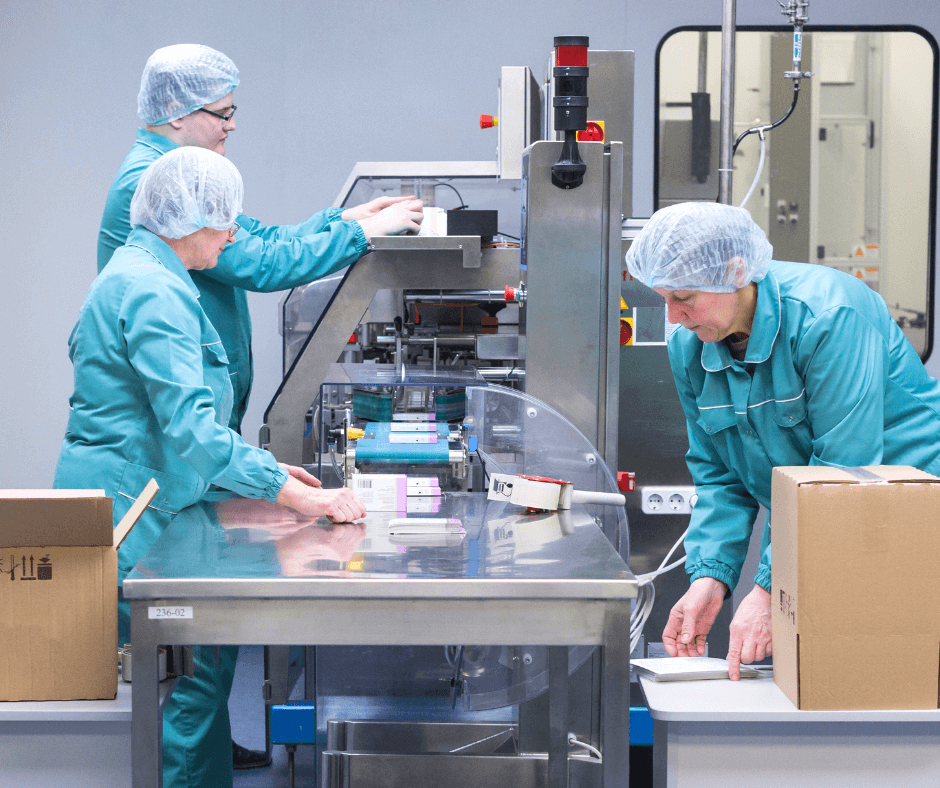Introduction
Cleaning Validation in Pharma is one of the most critical aspects of Good Manufacturing Practices (GMP). It ensures that manufacturing equipment is cleaned to a level that prevents cross-contamination, guarantees patient safety, and meets strict global regulatory requirements.
When multiple products are manufactured in the same facility, residues of the previous batch—whether from the active ingredient, excipients, cleaning agents, or microorganisms—can remain on the equipment. If these residues are not controlled, they can contaminate the next product. Cleaning Validation in Pharma provides documented evidence that the cleaning process consistently removes these residues to an acceptable level.
This comprehensive blog will cover all aspects of Cleaning Validation in Pharma, including definitions, calculation methods, acceptance limits, worst-case product selection, sampling strategies, analytical methods, regulatory expectations, and real-world best practices.

1. What is Cleaning Validation in Pharma?
Cleaning Validation in Pharma is the documented process of proving that equipment cleaning procedures effectively and consistently remove residues of active pharmaceutical ingredients, intermediates, cleaning agents, and microbes. The validation ensures that no carryover contaminates subsequent products, thereby protecting patient health, product quality, and regulatory compliance.
2. Why Cleaning Validation Matters
Patient Safety: Even trace residues can cause adverse drug interactions or allergic reactions.
Product Quality: Cross-contamination can alter dosage strength, stability, and efficacy.
Regulatory Compliance: Agencies like the USFDA, EMA, and WHO require validated cleaning processes.
Audit Readiness: Cleaning validation documentation is often scrutinized during inspections.
Operational Efficiency: A validated cleaning process prevents costly product recalls, batch failures, and reputational damage.
3. Key Terms and Acceptance Limits
MACO (Maximum Allowable Carry Over)
The maximum residue from a previous product that can be carried over into the next product without posing safety risks.
PDE (Permitted Daily Exposure)
The maximum amount of a substance that can be ingested daily without adverse health effects, derived from toxicological studies.
ADE (Acceptable Daily Exposure)
Similar to PDE, ADE is the maximum safe exposure limit to a substance.
NOEL / NOAEL
NOEL (No Observed Effect Level): The highest dose at which no effects are observed.
NOAEL (No Observed Adverse Effect Level): The highest dose with no adverse effects.
Safety Factor
A margin applied to toxicology data to account for uncertainties, ensuring safety.
4. Step-by-Step Protocol for Cleaning Validation
Cleaning Validation in Pharma follows a structured approach:
Define Scope: Identify equipment, cleaning agents, products, and processes requiring validation.
Risk Assessment: Determine which products, residues, and surfaces represent the highest risk.
Establish Cleaning Procedure: Define detergent concentration, water quality, rinsing methods, temperature, and cleaning duration.
Analytical Method Development: Create sensitive and specific methods to detect residues.
Acceptance Criteria: Establish MACO or PDE-based limits for residues.
Sampling Plan: Identify worst-case sampling locations and define swab or rinse methods.
Validation Execution: Perform at least three consecutive successful cleaning runs.
Evaluation of Results: Compare analytical results against limits.
Revalidation: Conduct revalidation after significant changes or at defined intervals.
Documentation: Maintain complete records including protocols, calculations, and results.

5. Worst-Case Product and Surfaces
Worst-Case Product: Selected based on highest toxicity, lowest solubility, stickiness, or most difficult to clean properties.
Worst-Case Surfaces: Typically include gaskets, valves, joints, agitator blades, and areas with poor accessibility.
Validating with the worst case ensures that all other products and surfaces will be effectively cleaned.
6. Sampling Methods
Swab Sampling:
Direct measurement of residues from defined surfaces.
Suitable for critical areas but requires recovery validation.
Rinse Sampling:
Detects residues in inaccessible or complex equipment surfaces.
Covers large areas but may dilute the residue concentration.
Visual Inspection:
Ensures no visible residues remain.
Not sufficient alone; must be combined with swab or rinse.
7. Analytical Method Validation
Analytical methods must be validated to ensure accuracy, precision, and sensitivity:
Specificity: Distinguishes residues from other components.
Sensitivity: Limits of Detection (LOD) and Quantification (LOQ) must be lower than acceptance criteria.
Accuracy & Recovery: Verified using recovery studies.
Robustness: Validated under varying conditions.
Stability: Ensures samples remain stable until analysis.
8. Calculations in Cleaning Validation
A. MACO Formula
MACO=NOEL×BatchSizenextSafetyFactor×DailyDosenextMACO = \frac{NOEL \times Batch Size_{next}}{Safety Factor \times Daily Dose_{next}}
Example:
NOEL = 10 mg
Batch size (next product) = 500,000 mg
Daily dose (next product) = 250 mg
Safety factor = 1000
MACO=10×500,0001000×250=20mgMACO = \frac{10 \times 500,000}{1000 \times 250} = 20 mg
B. Swab Limit
SwabLimit=MACOTotalSurfaceArea×SwabbedAreaSwab Limit = \frac{MACO}{Total Surface Area} \times Swabbed Area
C. Rinse Limit
RinseLimit=MACORinseVolumeRinse Limit = \frac{MACO}{Rinse Volume}
9. Regulatory Expectations
USFDA: Requires documented cleaning validation programs with scientifically justified limits.
EMA: Mandates health-based exposure limits (PDE/ADE) instead of arbitrary limits.
WHO & ICH: Emphasize risk-based validation, lifecycle approach, and proper documentation.
PIC/S: Focuses on harmonization of GMP standards across member countries.
10. Common Challenges and Solutions
| Challenge | Solution |
|---|---|
| Overreliance on 10 ppm limit | Adopt PDE or ADE-based health limits. |
| Poor sampling recovery | Perform recovery studies and adjust calculations. |
| Inadequate analytical methods | Ensure LOQ is well below cleaning limits. |
| Overlooking worst-case surfaces | Include gaskets, joints, and hard-to-clean areas. |
| Incomplete documentation | Maintain audit-ready protocols and reports. |
11. Example Case Study
Scenario:
Product A: NOEL = 20 mg/day
Next product: Daily dose = 200 mg
Batch size = 400 kg
Safety factor = 1000
Equipment surface = 2000 cm²
MACO: 40,000 mg
Swab Limit (100 cm² area): 2000 mg/swab
Rinse Limit (10 L): 4000 mg/L
This demonstrates how MACO, swab, and rinse limits guide analytical testing.
Conclusion
Cleaning Validation in Pharma is essential to protect patients, ensure product quality, and meet global regulatory requirements. By applying scientifically justified limits, validating analytical and sampling methods, and adopting a risk-based lifecycle approach, companies can maintain compliance while safeguarding operational efficiency.
Key Takeaways:
Always use PDE or ADE-based limits.
Validate analytical and sampling methods thoroughly.
Identify worst-case products and surfaces.
Maintain strong documentation for audit readiness.
12. FAQs
What is Cleaning Validation in Pharma?
It’s the documented proof that equipment cleaning removes residues to acceptable levels.What is MACO?
Maximum Allowable Carry Over, the highest acceptable residue carryover.Is 10 ppm still accepted?
Regulators now prefer PDE or ADE-based limits rather than arbitrary ppm.How many runs are required?
Typically, three consecutive successful cleaning runs.When is revalidation needed?
After process changes, new products, or at defined intervals.